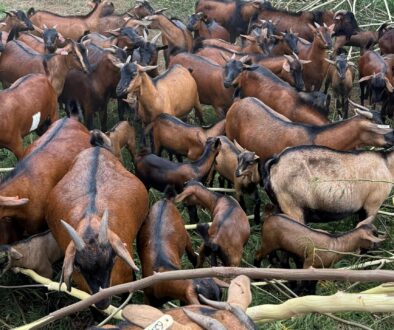MAAIF Minister Is Upbeat Over Coffee Price

MAAIF Minister Hon. Frank Tumwebaze briefing the public on the increase in coffee prices
The Government of Uganda, through the Ministry of Agriculture, Animal Industry, and Fisheries, is committed to protecting the interests of coffee farmers. It ensures that Uganda’s coffee sector thrives as a cornerstone of the economy and a source of livelihood for millions of households.
As coffee prices increase, the Minister for Agriculture, Animal Industry, and Fisheries, Hon. Frank Tumwebaze, has briefed the public, referencing market analysis from the MAAIF Department of Coffee Development.
“In June 2025, I highlighted the challenges that had led to a decline in coffee prices, particularly global demand and supply imbalances, and oversupply from major producers, including Brazil, Vietnam, and India.
I assured you that the Ministry of Agriculture, Animal Industry, and Fisheries was working diligently with all stakeholders to safeguard our coffee sector and stabilise farm-gate prices.
Based on our predictions, I also indicated that by mid-August 2025, coffee prices would recover. I am pleased to confirm that the prediction has come to pass; prices have indeed rebounded to the expected levels.
Per today’s coffee market report from our Department of Coffee Development, a kilogram of coffee is selling for between Ugx13,000-14,000 (FAQ) and Ugx13,500-14,000 (Arabica parchment) per kilo. This reflects our commitment, the international confidence in Uganda’s quality coffee, and the farmers’ resilience.
As we embrace this positive development, I urge all farmers and actors in the coffee value chain to focus on:
- Maintaining high-quality standards at harvesting, drying, and processing to safeguard Uganda’s reputation as a producer of premium coffee;
- Adopting good agricultural practices to increase productivity and quality;
- Strengthening farmer organisations and cooperatives to enhance bargaining power; and
- Exploring value addition opportunities to reduce vulnerability to international price fluctuations.
Maintain the momentum and, most importantly, continue adhering to the correct practices in production, harvesting, and post-harvest.”




